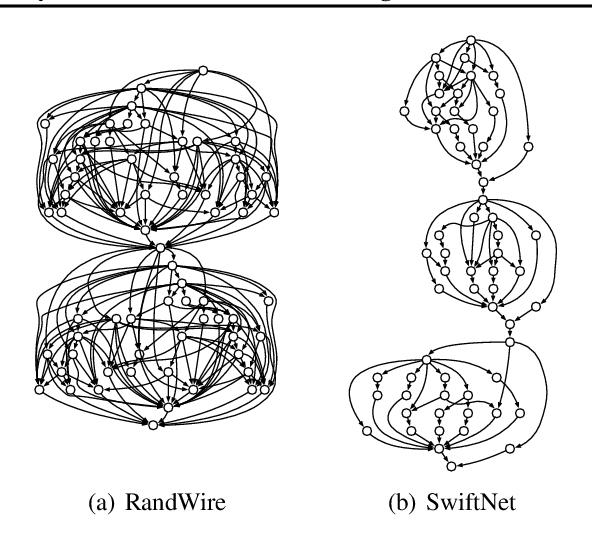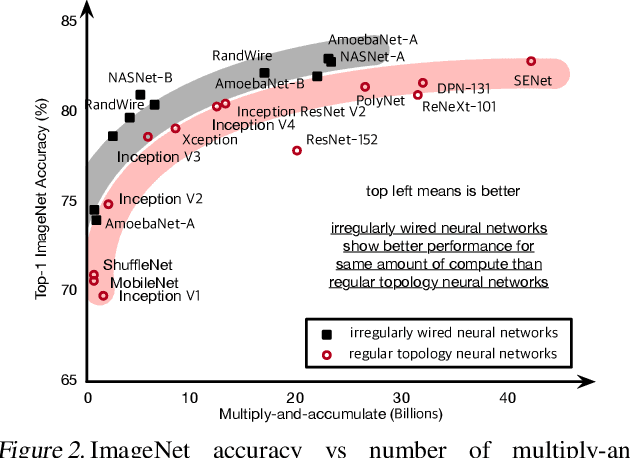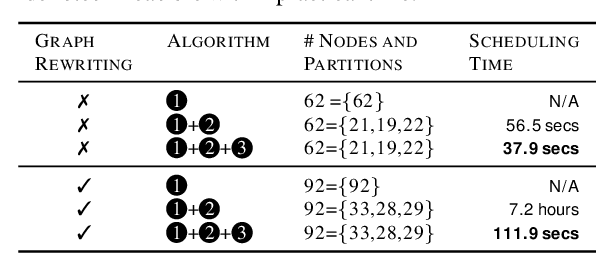Jilei Hou
Ordering Chaos: Memory-Aware Scheduling of Irregularly Wired Neural Networks for Edge Devices
Mar 04, 2020



Abstract:Recent advances demonstrate that irregularly wired neural networks from Neural Architecture Search (NAS) and Random Wiring can not only automate the design of deep neural networks but also emit models that outperform previous manual designs. These designs are especially effective while designing neural architectures under hard resource constraints (memory, MACs, . . . ) which highlights the importance of this class of designing neural networks. However, such a move creates complication in the previously streamlined pattern of execution. In fact one of the main challenges is that the order of such nodes in the neural network significantly effects the memory footprint of the intermediate activations. Current compilers do not schedule with regard to activation memory footprint that it significantly increases its peak compared to the optimum, rendering it not applicable for edge devices. To address this standing issue, we present a memory-aware compiler, dubbed SERENITY, that utilizes dynamic programming to find a sequence that finds a schedule with optimal memory footprint. Our solution also comprises of graph rewriting technique that allows further reduction beyond the optimum. As such, SERENITY achieves optimal peak memory, and the graph rewriting technique further improves this resulting in 1.68x improvement with dynamic programming-based scheduler and 1.86x with graph rewriting, against TensorFlow Lite with less than one minute overhead.
 Add to Chrome
Add to Chrome Add to Firefox
Add to Firefox Add to Edge
Add to Edge